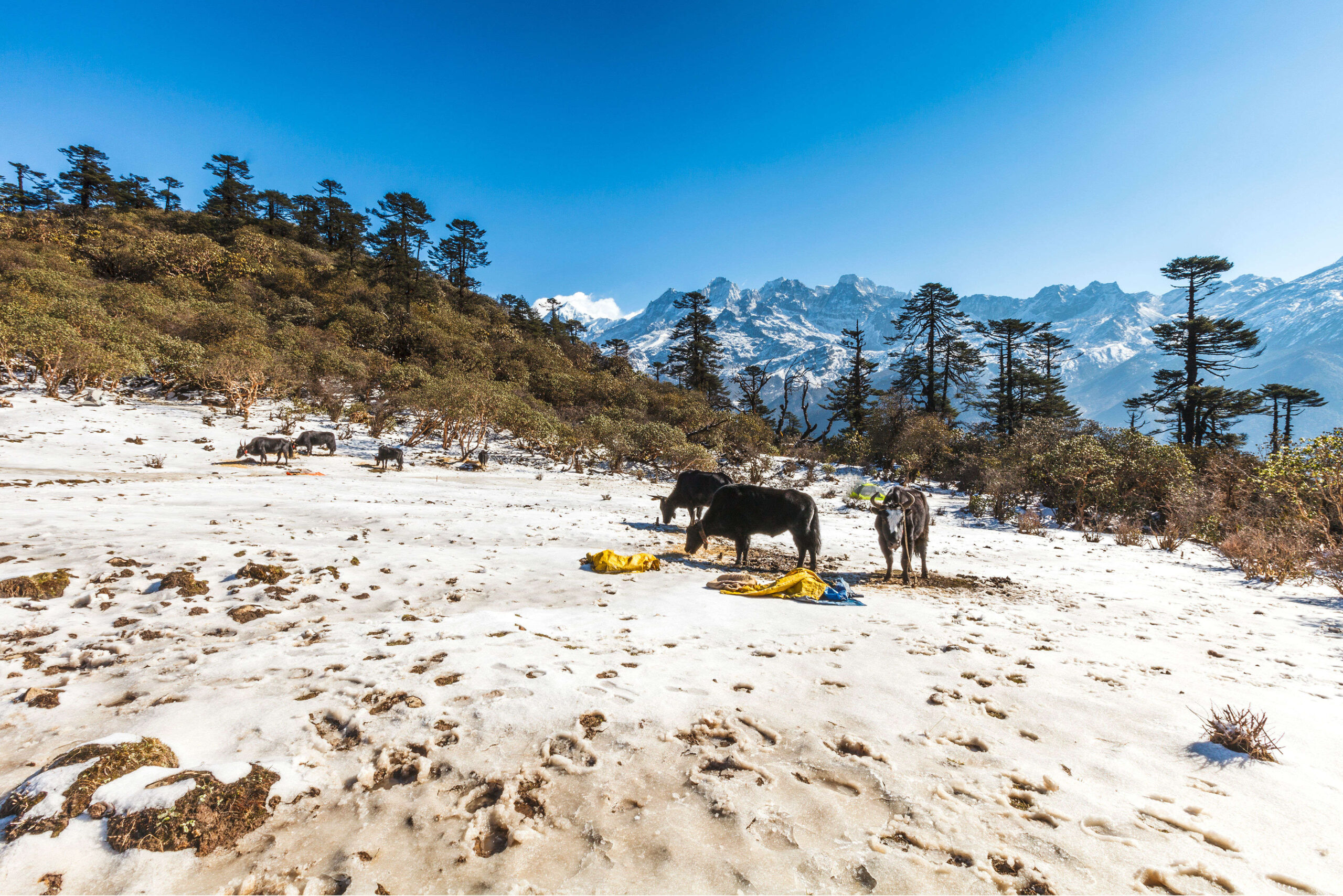British Columbia’s Salish Sea: Leaving the beautiful surroundings of Victoria, the capital of British Columbia, it is less than an hour to the southwest tip of Vancouver Island and the shores of the Salish Sea.
Connecting Vancouver Island, mainland British Columbia, and the west coast of Washington state, the ocean is crossed daily by boat, ferry, seaplane, airplane, and helicopter. I’ve been to the island many times, but like many visitors – and despite my local heritage – I knew very little about the Salish Sea.
For those who come to discover Canada’s westernmost province, the combination of mountains, trees, and the ocean is a cornerstone – and with so much competition, why even consider spending time exploring the Salish Sea? Here are five reasons:
Indigenous culture and history: The Northwest Coast people arrived in present-day coastal British Columbia more than 10,000 years ago. The Salishans and four other indigenous tribal groups greeted the Russians who first came to trade in the 1740s and later the Spanish and British explorers who arrived to claim the land in the 1770s. In 2008, the Salish Stazuminus First Nation began the process of adopting the Salish Sea as the name of the region encompassing the Straits of Juan de Fuca, Georgia Strait, and Puget Sound; The name change became official in 2010.
Plant Life: The region’s biodiversity is impressive: coastal waters have more than 500 species of algae, and British Columbia has 1,140 native species of birds, fish, mammals, amphibians, and reptiles, many of which make their home. and around the Salish Sea. There are about 600 varieties of seaweed in the water, many of which are edible, making it one of the most popular areas for aquatic plants on the planet.
Marine Fauna: From April to October, orcas, also known as killer whales, migrate through the Salish Sea, feeding on wild Pacific salmon. Protected under the Endangered Species Act of 2005, orcas, gray, minke, and humpback whales are frequently seen, as well as seals, porpoises, dolphins, sea lions, and sea otters. The Salish Pacific is also home to species such as the octopus, Pacific geoduck clams, and the sea pen, a soft coral that can glow in the dark.
Adventures on Land: Hike, bike, kayak – all of these options are open to outside visitors who want to explore the region at their own pace. The Capital Regional District website lists descriptions of several parks on South Vancouver Island and the neighboring islands of the ocean, as well as paved and unpaved trails, to help you find the right area for your own adventure, all of which are worth making use of. are free to Otter Point Community Park and Whifan Spit near the souk provide direct access to the Salish Sea shoreline.
Adventures at Sea: The Salish Sea Marine Trail was established in September 2017 as part of the celebration of the completion of the Trans Canada Trail. This 257-kilometer trail is designed for small boaters and paddlers to explore the Salish Sea, in collaboration with local indigenous communities, existing trails, and residents.
Similar Articles
- Solo Travel helps you meet new people
- Morocco: Feast your five senses
- Drink Portugal in with all five senses
Frequently Asked Questions About British Columbia’s Salish Sea
Q. Does Puget Sound the Same as the Salish Sea?
A – Puget Sound, the Strait of Juan de Fuca, and the Strait of Georgia will be jointly referred to as the Salish Sea by the US Board on Geographic Names.
Q. Why is it called the Salish Sea?
A – The name was adopted in 2010 after two decades of leadership by Burt Weber, a natural scientist at Western Washington University. The coast honors the Salish, the indigenous people, who lived in relation to the sea long before the arrival of western settlers.
Q. Is the Salish Sea a real sea?
A – The Salish Sea is one of the largest and most biologically rich inland seas in the world. Its name pays tribute to the area’s first inhabitants, the Coast Salish. The Salish Sea is an inland sea that includes the waters of Puget Sound, the San Juan Islands, and Vancouver, BC.
Q. What was the Salish sea called?
A – The name used for these conventions was “Georgia Basin Puget Sound Ecosystem”. As the name of the Salish Sea became more widespread, maps of the inland sea began to appear.
Q. Whidbey Island is in the Salish Sea?
A – Whidbey Island is the largest island in the state of Washington, and the third-largest in the Salish Sea area, measuring 439.5 kilometers square. Whidbey Island is popular for its crab, mussel and salmon fishing, and much more.
Q. How many islands are in the Salish Sea?
A – There are 5 Island in the Salish Sea
- Battleship Island
- Blakely Island
- Canoe Island
- Barnes Island
- Brown Island
Q. Who discovered the Salish Sea?
A – There are 23 different languages in the Salish family. European and American explorers first encountered the Salian people along the Pacific Northwest coast in the late 18th century. The first detailed information was obtained by the Lewis and Clark expedition of 1804–1806.
Q. What is the Salish Sea and where are its boundaries?
A – The Salish Sea extends to the U.S.-Canada border and includes the Strait of Georgia, the Strait of Juan de Fuca, Puget Sound, and the combined waters of the San Juan Islands. The name Salish Sea was proposed in 1989 to reflect the entire cross-border ecosystem.
Q. Are there sharks in the Salish Sea?
A – These large sharks live in surface waters, often with their dorsal fins exposed. Whereas once normally only a couple are now seen per year and they find themselves on the endangered species list. The toothless, plankton-eating basking shark was abundant before the 1950s.
Q. What lives in the British Columbia’s Salish Sea?
A – In addition to orca, minke whales, dells, and harbor porpoises, harbor seals, Steller sea lions, and bald eagles can also be seen.
Q. How was Salish Sea formed?
A – 14,000 years ago, a slow-moving river of ice flowed through the Fraser Valley and formed the Strait of Juan de Fuca, the body of water that separates Vancouver Island from the Olympic Peninsula in Washington state.









